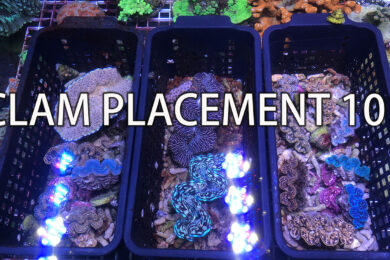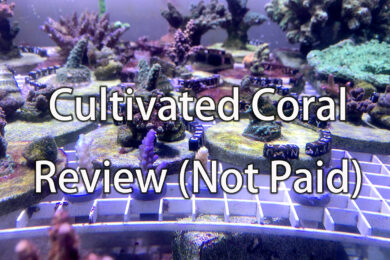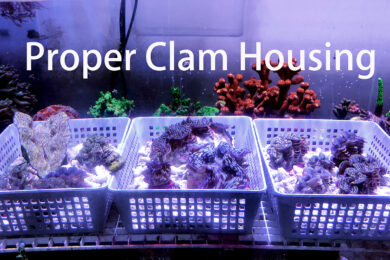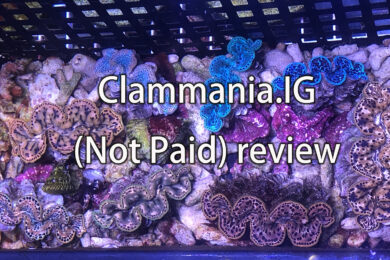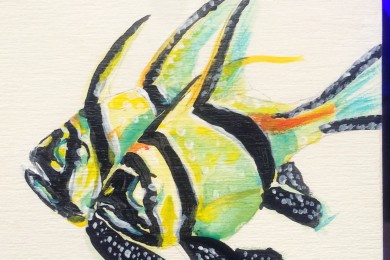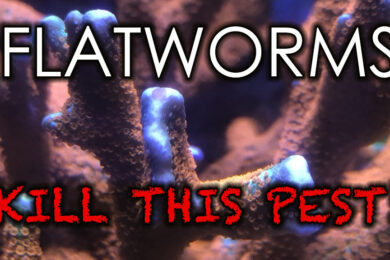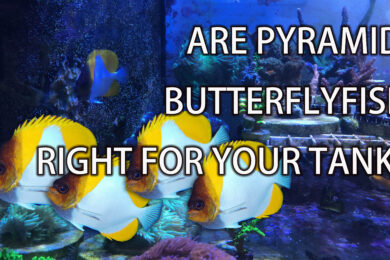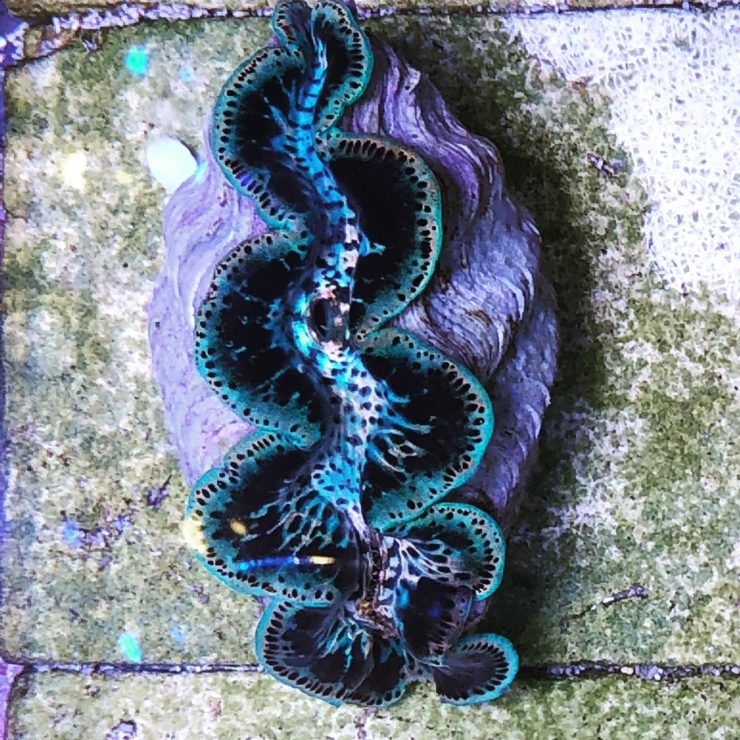Giant clams are a vital part of a coral reef’s ecosystem. In a home aquarium, it can also play an important role. Giant clams are beautiful to look at, peaceful with tank mates, good natural way of nutrient and water quality control, and when grown to a significant size, can begin to form its own habitat. So in a clam series, let’s start by discussing whether maximas are right for you!
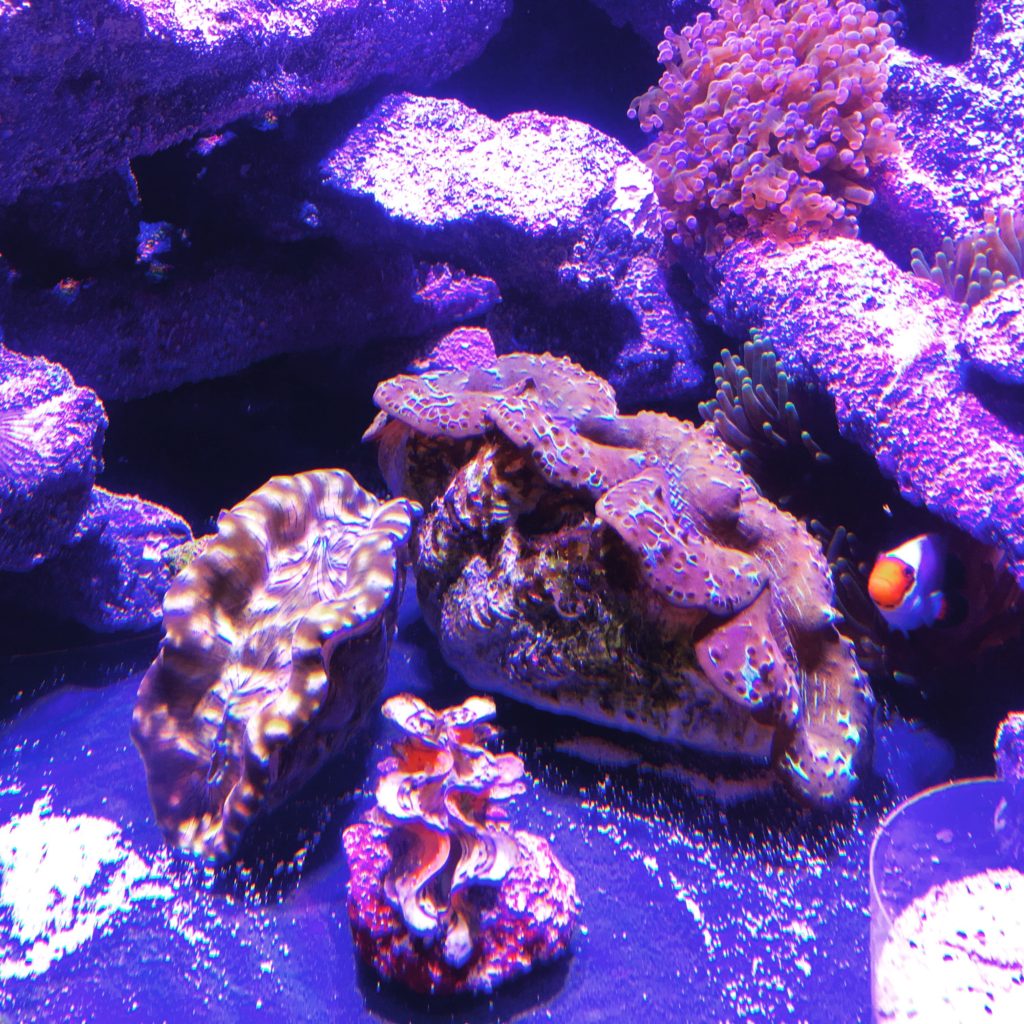
Maxima clam: Tridacna Maxima
The Maxima clam is one of the most commonly found clams in the aquarium trade worldwide. It’s popularity comes with good reason: it is both eye catching and moderate in size. Some basic information:
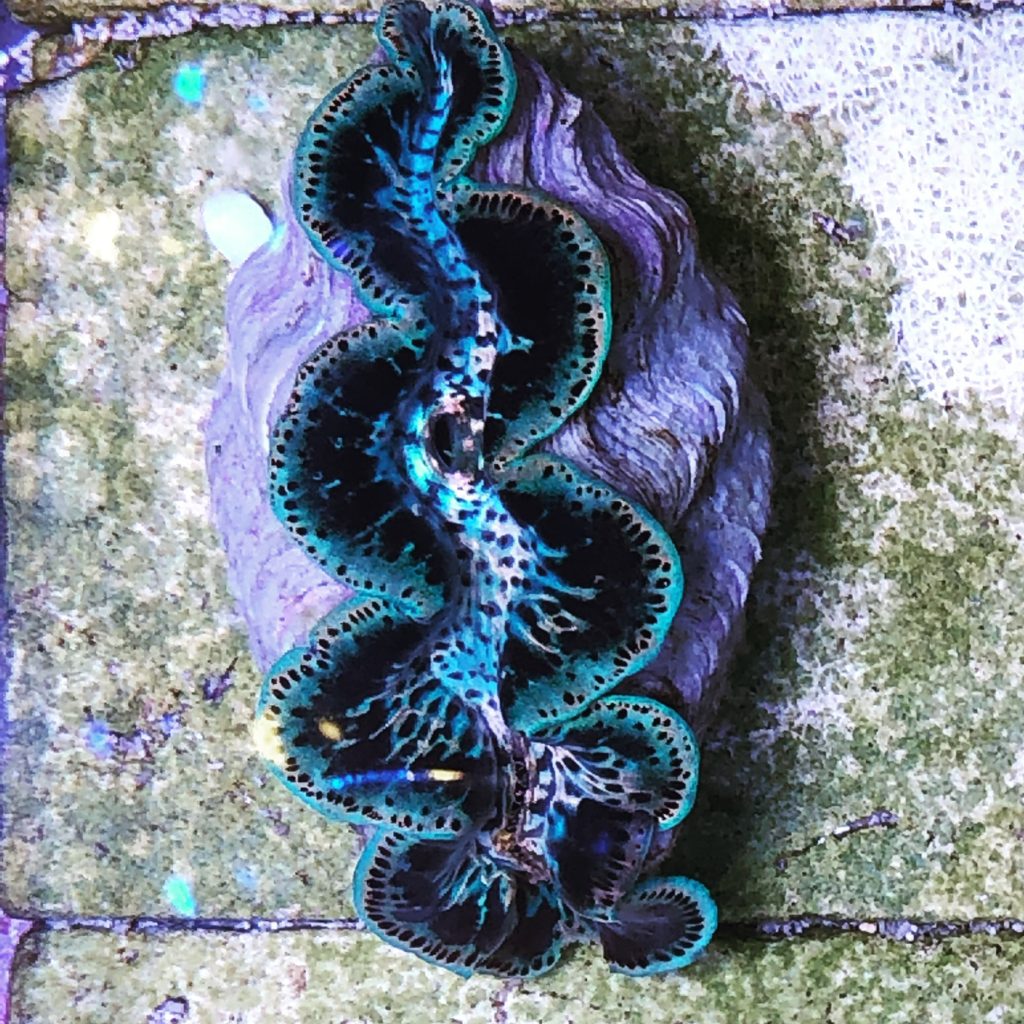
Size: up to a foot in length, about the size of average person’s fingertip to wrist. Based on this, you should prepare at lease a foot radius of space for the clam to comfortably reside and extend its mantle. For a Maxima I think people can get away with some of the smaller reef systems offered in the trade such as some 32 gallon cube. With the warning that it is a lot harder to maintain a steady water quality in smaller systems than larger ones. In general, the more experienced you are, the smaller you can go. But if you are novice in reef keeping, my general sentiment is to go big or go home.
Water requirement: tropical reef condition. If you can grow sps corals, you should be fine. If you aren’t familiar with what tropical reef water condition is, no offense you aren’t ready for a clam yet, please don’t flush your money down the drain.
Lighting and water movement: as strong of lighting as you can provide (with proper acclimation), water movement can vary- you can have strong turbulent flow but don’t expect to see the mantle fully extended. Most maxima clams in the wild enjoy calmer shallows of a lagoon or tidal pools, not at the reef’s edge. So you can take it easy with the flow. Also, unless you see your local fish store has success keeping one in a display tank, don’t mimic the lighting of these store’s selling tanks- they are for temporary holding and most stores do not invest in sophisticated or adequate reef lighting for the long term health of these animals. My personal recommendation is to get 400w metal halide or to go with gen 4 Radion pro LED for best results in both growth and coloration.
Placement: one thing I have learned from clam placement is that you have to get it right the first try. In my experience it isn’t so much you place the clam, but how much the clams moves (by you or by itself) afterwards that determines the clam’s survival rate. Maximas will do well in rock work. But you must ensure it doesn’t lose balance and falls off the rock. I strongly recommend placing the clam on sand first but place a small tile or flat rock underneath for the clam to attach itself. Once the clam has properly glued itself onto the surface you have provide, you may then move and plant that surface onto where you like the clam to go to. One caveat: even with the clam settling onto a surface, it may still walk and turn a bit until it finds the best position in relation to water flow and lighting. One tip on flow: they always prefer to face away from current. So if you want the clam to face forward of the tank, best way to achieve that is by providing strong flow from back to front of tank.
Is this the right clam for you?
Here are the questions you must answer yes to consider:
- Do you have strong enough lighting? Metal halide, high output LED, or T5 flourescent?
- Is your water quality good? Basically, are you keeping sps coral and that they are bright in coral and growing rapidly (not just being brown and alive)?
- You do NOT have any clam predators. You do NOT have any fish with names ends in: butterfly, trigger, puffer, wrasse*, amgelfish*, hogfish, eel, etc. *most wrasses and angels can post as threat to clams with exceptions among the ferry wrasses and genicanthus angel families.
- Do you have an established method to replenish your tank’s trace levels and remain steady? Namely calcium and alkalinity?
Misc husbandry:
- Disease: clams in general aren’t affected by most aquarium fish diseases. Though you don’t want it to be in the same tank you are medicating the tank. Hopefully that is a given.
- some fish may be labeled “reef safe”, but I still advise caution. An example is anything ends with “rabbit fish” in my experience, 2 out of the four rabbit fish of various kinds I have owned had developed habit of mantle nipping. They don’t full on chow out the clam but they take them out in a thousand bites. Ironically the flame angels are supposed to be not reef safe, but have never touched my clam.
- Pyramid snail is a common parasite for clams. If you ever see small rice grain size snail near your clam’s mantle or byssal gland, you should remove as many manually as possible, then seek some natural help such as six line wrasse.

